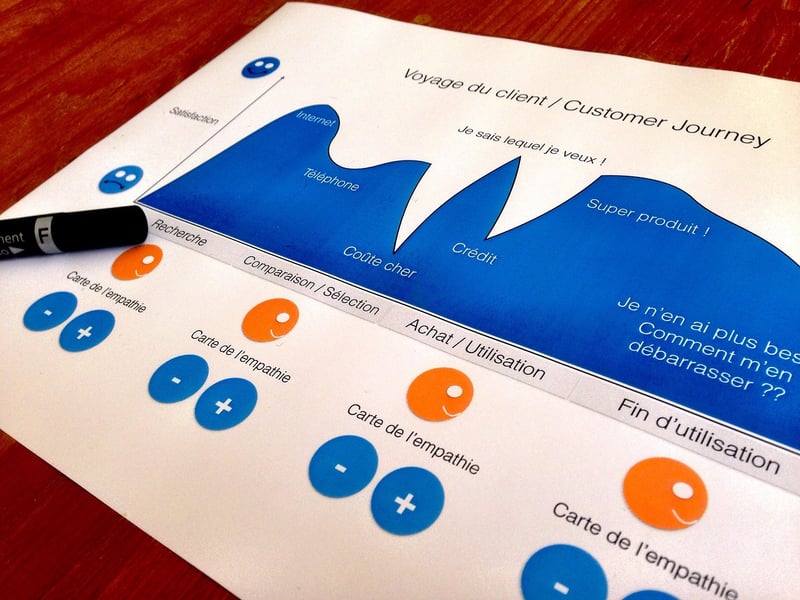Process Mapping
#Workflow design
#Efficiency tools
#Process improvement
Streamline Your Business Processes with Process Mapping

Efficient business processes are essential for the success of any organization. One effective way to streamline your processes and identify areas for improvement is through process mapping. Process mapping is a visual representation of how a process works, allowing you to see the steps involved, decision points, and interactions between different stakeholders.
Benefits of Process Mapping
- Identify inefficiencies: Process mapping helps you pinpoint bottlenecks, redundancies, and delays in your processes.
- Improve communication: By visualizing how a process works, teams can better understand their roles and responsibilities.
- Enhance quality: Streamlining processes through mapping can lead to improved quality and fewer errors.
- Increase efficiency: By optimizing workflows, you can save time and resources, leading to increased productivity.
Steps to Process Mapping
- Identify the process to map: Select a specific process that you want to analyze and improve.
- Gather information: Collect data on how the process currently operates, including input, output, and key stakeholders.
- Create a visual representation: Use flowcharts or diagrams to map out the steps involved in the process.
- Analyze and optimize: Identify areas for improvement and implement changes to streamline the process.
- Share and communicate: Ensure that all stakeholders are aware of the updated process and provide training if necessary.
By incorporating process mapping into your business strategy, you can achieve greater efficiency, improved quality, and enhanced communication within your organization. Start mapping your processes today and unlock the potential for growth and success!
For more information on process mapping and business optimization, visit example.com.
